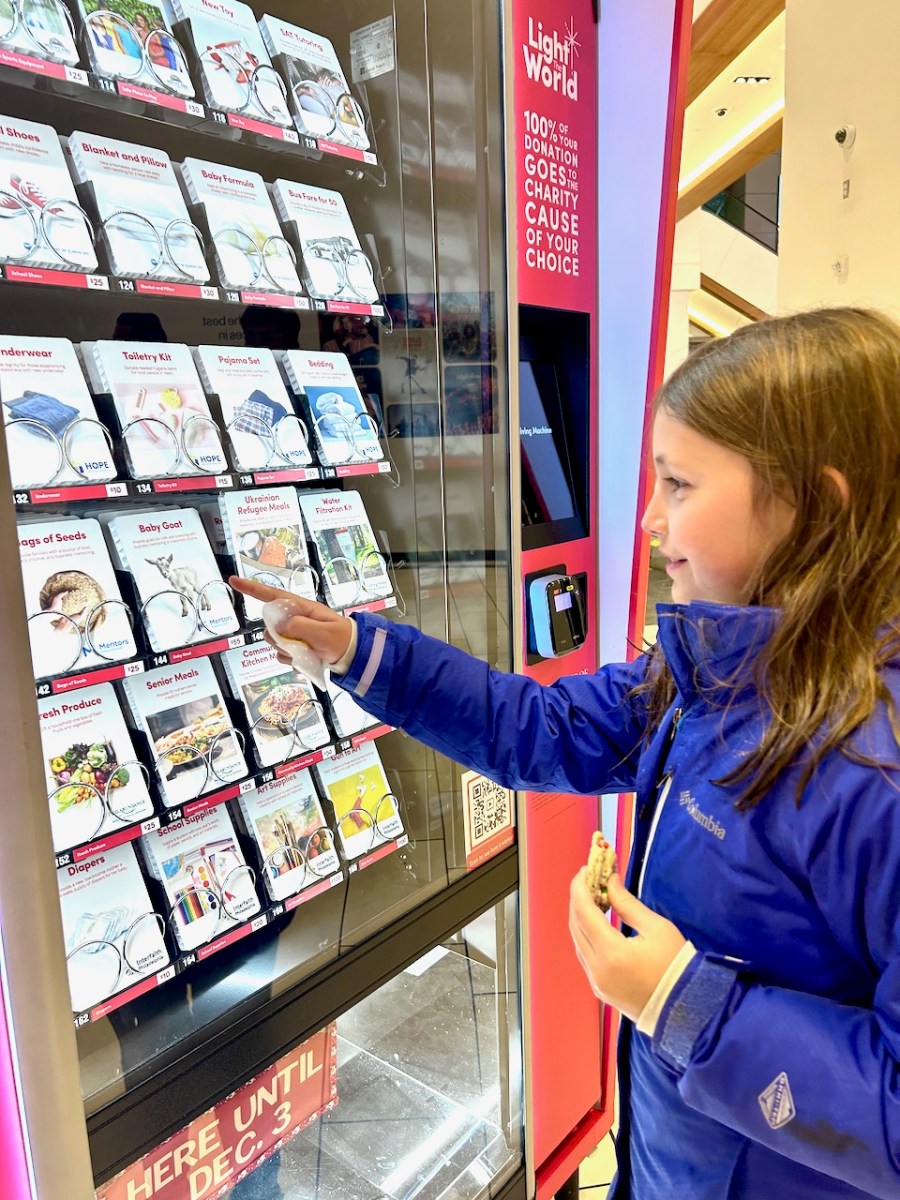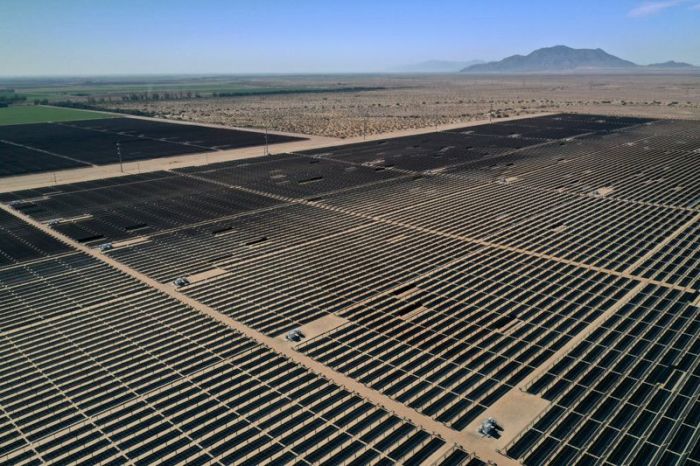(Reuters) – A U.S. court could order the Dakota Access Pipeline (DAPL) shut in coming weeks, disrupting deliveries of crude oil, and making nearby rail traffic more congested.
WHAT IS DAPL?
The 570,000-barrel-per-day (bpd) Dakota Access pipeline, or DAPL, is the largest oil pipeline out of the Bakken shale basin and has been locked in a legal battle with Native American tribes over whether the line can stay open after a judge scrapped a key environmental permit last year.
A federal judge ordered the U.S. Army Corps of Engineers to update the court on its environmental review of the pipeline by May 3 and decide if it believes the line should shut during the process.
WHAT IS THE DISPUTE?
Native American tribes long opposed to DAPL say the line endangers Lake Oahe, a critical water source. Pipeline construction under the lake was finished in early 2017 and the line is currently operating. But a judge last year vacated a key permit allowing that service, raising the possibility that the line could close while a thorough environmental review was completed.
Dakota Access oil pipeline’s operators plan to ask the U.S. Supreme Court to intervene, according to a court filing last week.
WHAT ARE THE CHANCES THAT THE LINE WILL CLOSE?
So far, the U.S. Army Corps of Engineers has not requested the line to be closed, even after the federal permit was canceled. It expects to complete the environmental review by March. Market analysts believe there is some chance the judge orders the line closed, and there is concern about the disruption that would cause.
WHAT WILL OIL PRODUCERS DO IF THE LINE IS CLOSED?
The U.S. shale boom created more demand for rail transport of crude in North Dakota, the second-biggest oil producing state in the country. Outbound rail traffic rose by almost 300% between 2002 and 2015, a North Dakota Department of Transportation report showed.
However, rail is expensive and takes longer to ship, making pipelines the preferred shipping method. If DAPL were to shut, producers would be pushed toward crude by rail again, BTU Analytics said.
WHAT COULD HAPPEN FOR FARMERS IF THE LINE IS SHUT?
If shippers divert oil shipments onto railcars, it will create transport bottlenecks in the region, especially in North Dakota, which relies on rail to transport over 70% of its agricultural production, economists and industry sources said.
“Probably more grain would be piled on the ground until the time it could be moved by rail,” said Jeff Thompson, a farmer in South Dakota and a director of the South Dakota Soybean Association, which supports DAPL.
In 2019, North Dakota led the nation in the production of all dry edible beans, canola, durum wheat, and spring wheat. The state is a captive rail market, which means there are no other economically viable options to deliver agricultural products, said Stu Letcher of the North Dakota Grain Dealers Association.
ARE RAILROADS PREPARED?
Railroads have improved load capacity over the last decade in response to past constraints, said Bill Wilson, professor at North Dakota State University and a member of the North Dakota Soybean Council.
“I would be surprised that, if DAPL was shut down, that the railroads were not capable of handling that added business,” Wilson said.
BNSF Railway, which operates the greatest number of route-miles in North Dakota, is prepared to handle any increase in rail traffic if the DAPL is shut, the company said.
The other major railroad serving the region, Canadian Pacific Railway Ltd, is committed to delivering for customers across all businesses, said spokesman Andy Cummings.
(Reporting by Devika Krishna Kumar and Stephanie Kelly in New York; Editing by Aurora Ellis)

























